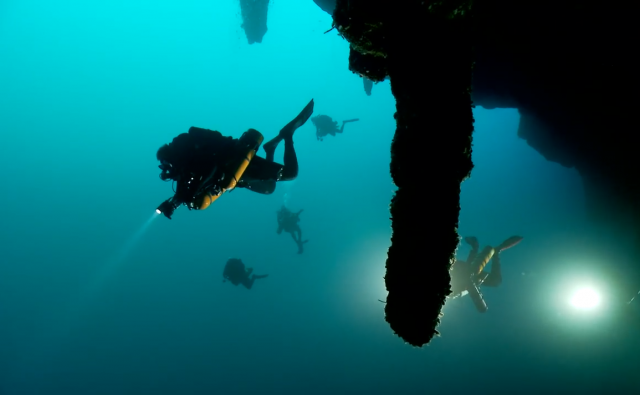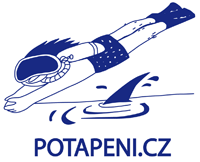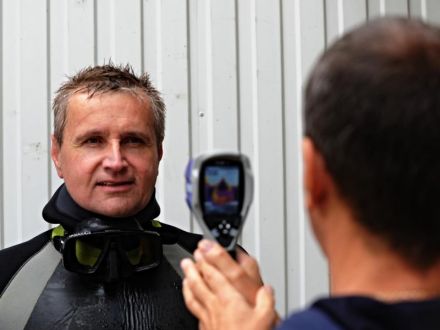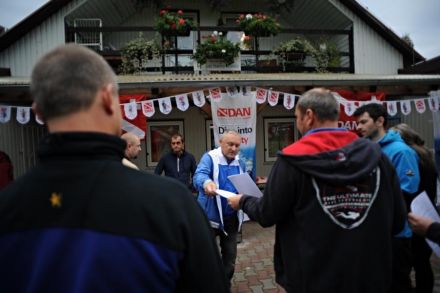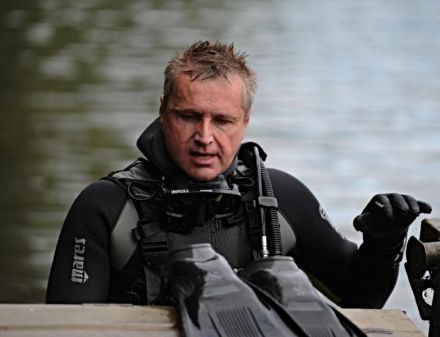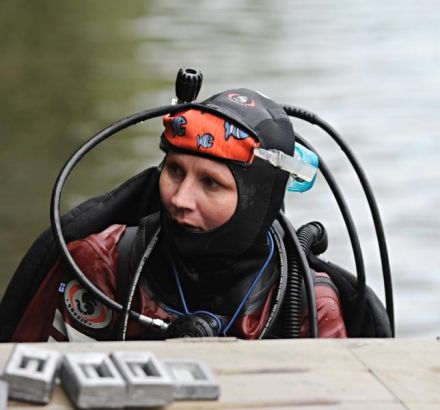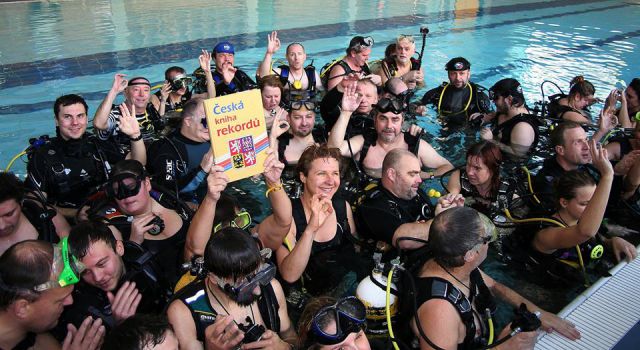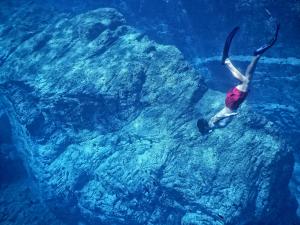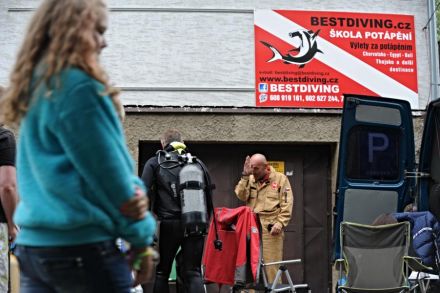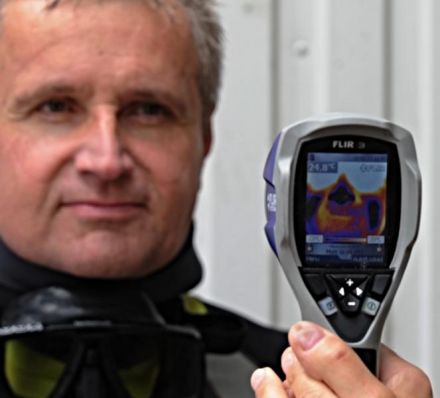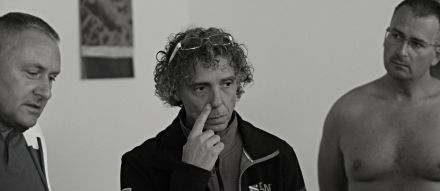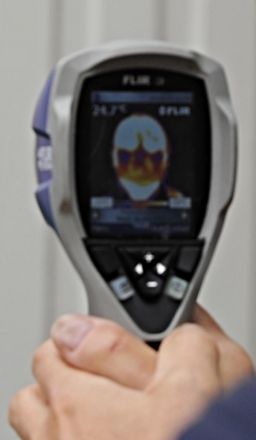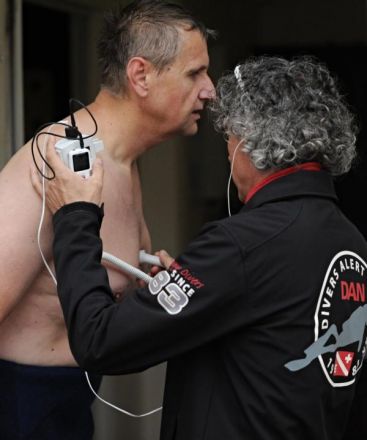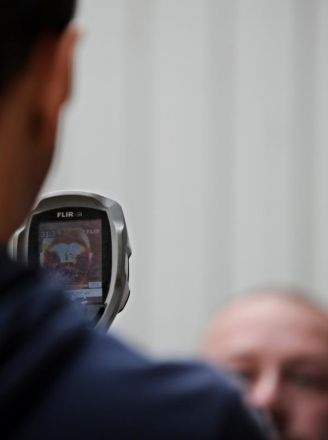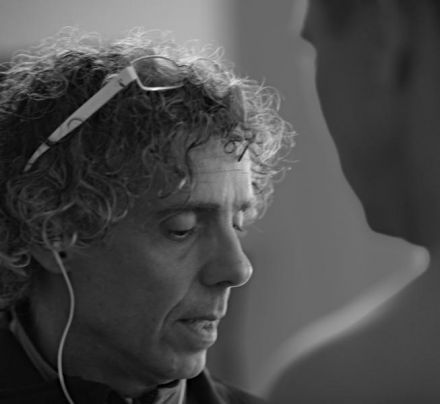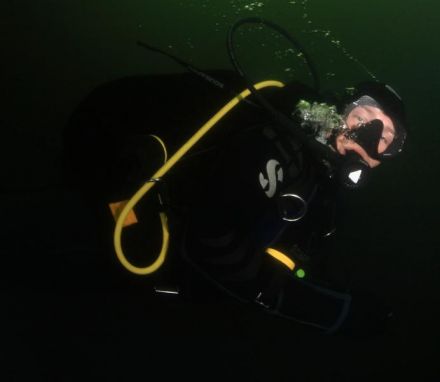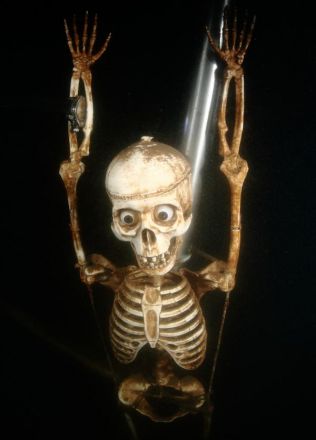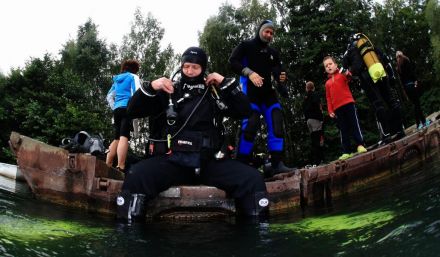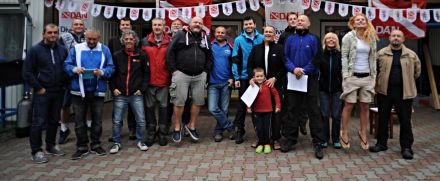DAN Safety Stops – Bubblers at Barbora Quarry
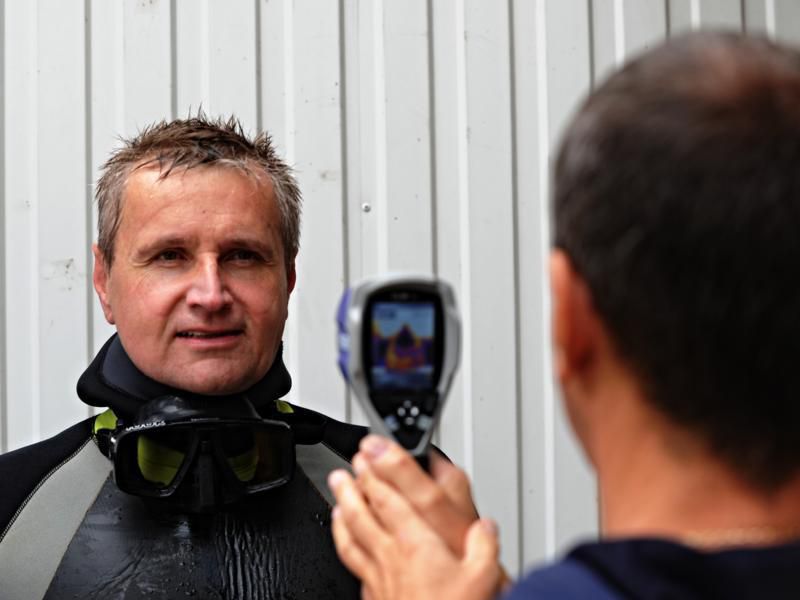
DAN Europe processed several large scientific projects from 1994. Results of those studies are a base for follow-up studies of health and scuba diving. There was a data collection for DAN Safety Stops project together with Czech Diving Society at Barbora training centre by Teplice Czech Republic on Saturday, August, 23rd 2014. We couldn’t be missed and therefore we became “Bubblers” too. The day D (B respectively) started at 9:15 a.m. with welcome speech of the president of The Czech Diving Society Dr. Pavel Macura. Mr. Macura welcomed 25 participants, introduced us to his colleagues – Mr. Massimo Pierri and Dr. Radek Pudil.
DAN Safety Stops Programme is easy to participate in. Each participant was asked to fill in the initial questionnaire and a form of informed consent and prepare himself for a usual recreational dive. Before and after dive termovisional snaps of a face were taken. A questionnaire specification of the dive was filled in after the dive. Approximately 20 minutes after dive divers were examined for bubbles presence in the vascular system (by “blind” Doppler machine). Similarly, about 65 thousands of questionnaires were collected by DAN Europe researches with about 400 cases of decompression episodes whilst keeping up all the rules and following the information coming from the computer. That is a clear message to all diving computer users: Use your own head together with a computer and follow the conservative profiles.
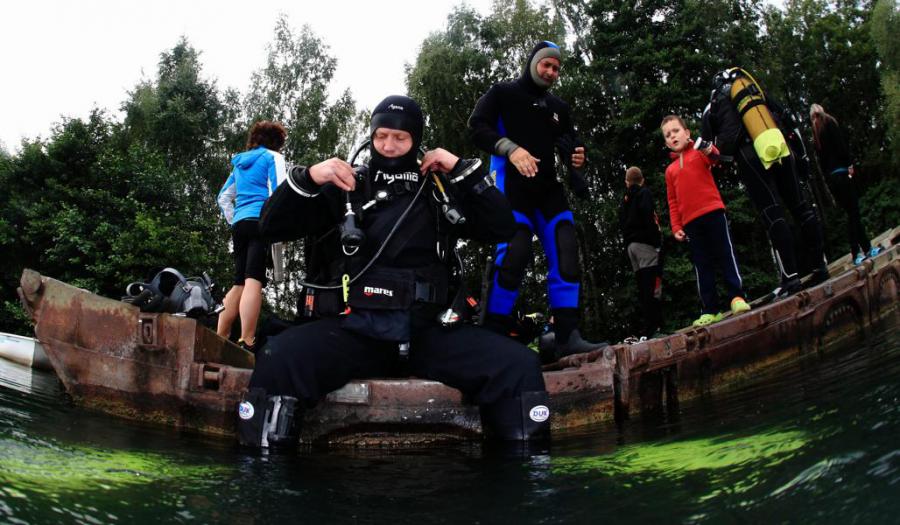
A lot of interesting information was said during the afternoon lectures session. Mr. Pudil observed using trimix and air medium and found that using trimix led to lower presence of bubbles among study participants. It seems than that TMX is more body friendly medium for diving than air.
Massimo Pieri refered to the study observing bubbles presence during commercial flights. Measures were done during the flight onboard. Survey participants were measured before their traveling to the diving destination, after one week of common recreational diving, and after 24 hours after the last dive at the airport. All participants had a clear record concerning bubbles during the airport measures. But when the plane reached the common flight altitude and common cabine pressure of 2500 meters of altitude, bubbles were here again. These findings should lead to change of mind when trying to reformulate the rules for flights after diving (which were recently reformulated from formal “flight not earlier than 24 hours after the last dive” to “12 hours after one dive without decompression and 18 hours after one multilevel dive”.
This survey couldn’t be performed during an ordinary flight because of the interferences of electronic devices with the plane systems. Therefore special flight was organized to avoid the influence to ordinary passengers.
It is not possible to write down all the interesting information from the lectures and it is neither the aim of the article to sum it up. However I promised to pass questions of Adrex readers and this promise I took. There were just two questions.
Answers on Adrex.com readers’ questions:
Laryngospasmus under the surface – laryngosmaspus under the surface and whilst conscious could be a big problem – it should subside in the depth it occurred. Its duration is not well documented. There is no first aid – it has to subside. A present freediver commented on it that he himself faced the laryngospasmus and he just waited. Maybe that is a good argument for covering of intro to freediving to the scuba recreational divers training.
The other question aimed at statistical information and diving accidents registered by DAN Europe. A book was published by DAN Europe describing the accidents registered in 2006 and 2007. It is public for DAN members and easy to order. You can find more at www.daneurope.org/danshop under registration.
It was a pleasant and instructive day. I’d like to thank to all the lecturers for interesting lectures and also to the Czech Diving Society for the venue. And last but not least, thanks to DAN Europe for reinvesting part of money from insurance to the scuba diving research and its connection to health of divers.
Author : F.Pudil - www.potapeni.cz
Photo gallery
Source: http://www.potapeni.cz






